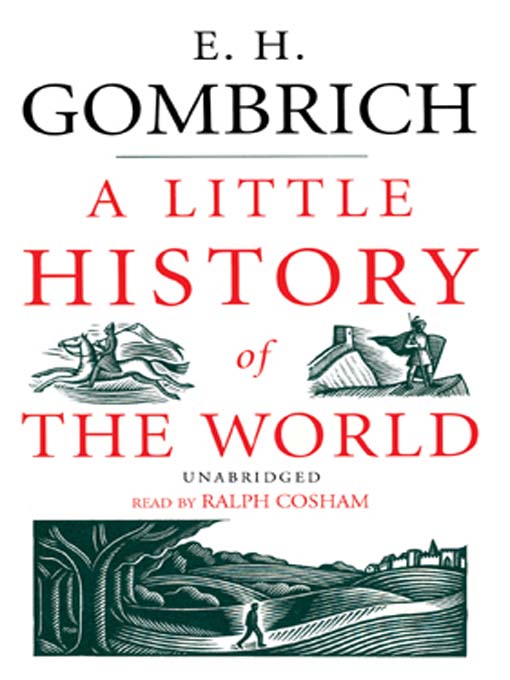
A Little History of the World
کتاب های مرتبط
- اطلاعات
- نقد و بررسی
- دیدگاه کاربران
نقد و بررسی

First published in 1935 and revised before its re-release and translation in 2005, this charming survey of world history was originally written with older children in mind. But curious adults looking to brush up on the subject will find much to admire in its simplified narrative of Western Civilization's main plot line, from prehistory through WWII. British narrator Ralph Cosham is a perfect choice for this material. His tone and rhythm render Gombrich's clear, humane text in a warm and compelling reading. Translated from German, A LITTLE HISTORY OF THE WORLD offers a largely Euro-centric view of history, but it's a useful and entertaining overview, and Cosham's presentation compounds the pleasure. M.G. (c) AudioFile 2006, Portland, Maine

Starred review from August 29, 2005
This is an unusual work for Yale: a children's history originally published 70 years ago. But it is a work one can quickly come to love. Gombrich, later known as an art historian, wrote this primer in 1935, when he was a young man in Vienna (it was soon banned by the Nazis as too "pacifist"). Rewritten (and updated) in English mainly by Gombrich himself (who died in 2001, age 92, while working on it), the book is still aimed at children, as the language makes clear: "Then, slowly the clouds parted to reveal the starry night of the Middle Ages." But while he addresses his readers directly at times, Gombrich never talks down to them. Using vivid imagery, storytelling and sly humor, he brings history to life in a way that adults as well as children can appreciate.The book displays a breadth of knowledge, as Gombrich begins with prehistoric man and ends with the close of WWII. In the final, newly added chapter, Gombrich's tone sadly darkens as he relates the rise of Hitler and his own escape from the Holocaust—children, he writes, "must learn from history how easy it is for human beings to be transformed into inhuman beings"—and ends on a note of cautious optimism about humanity's future.

























دیدگاه کاربران